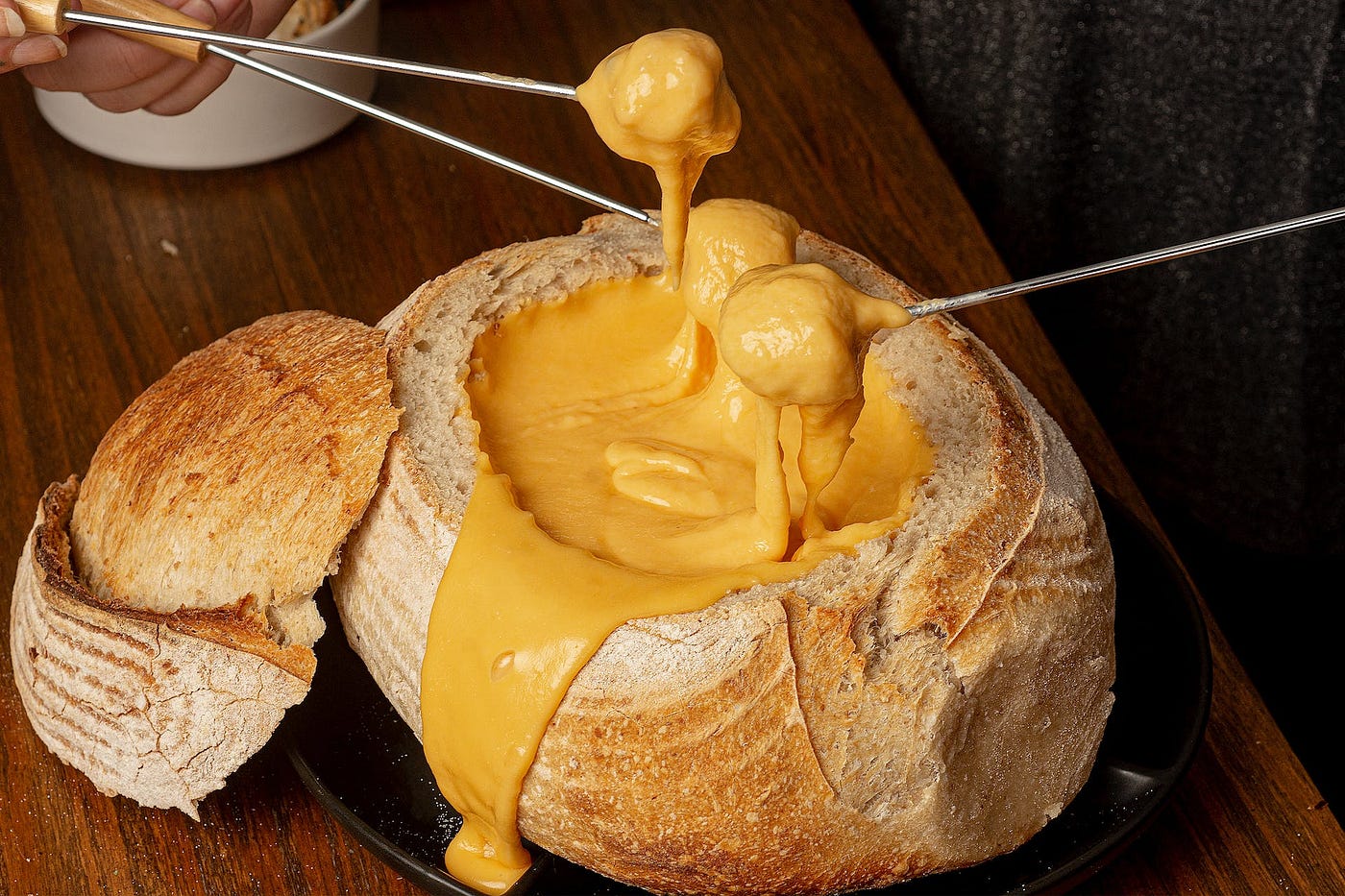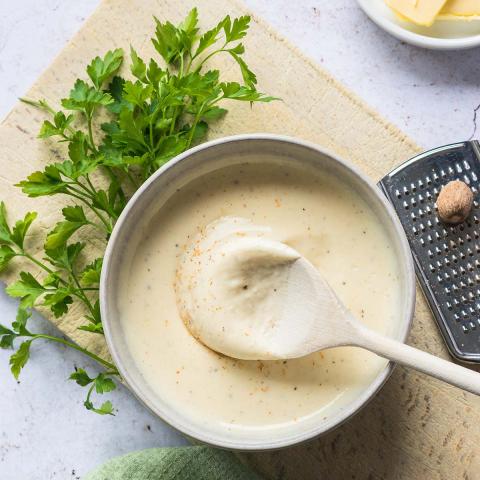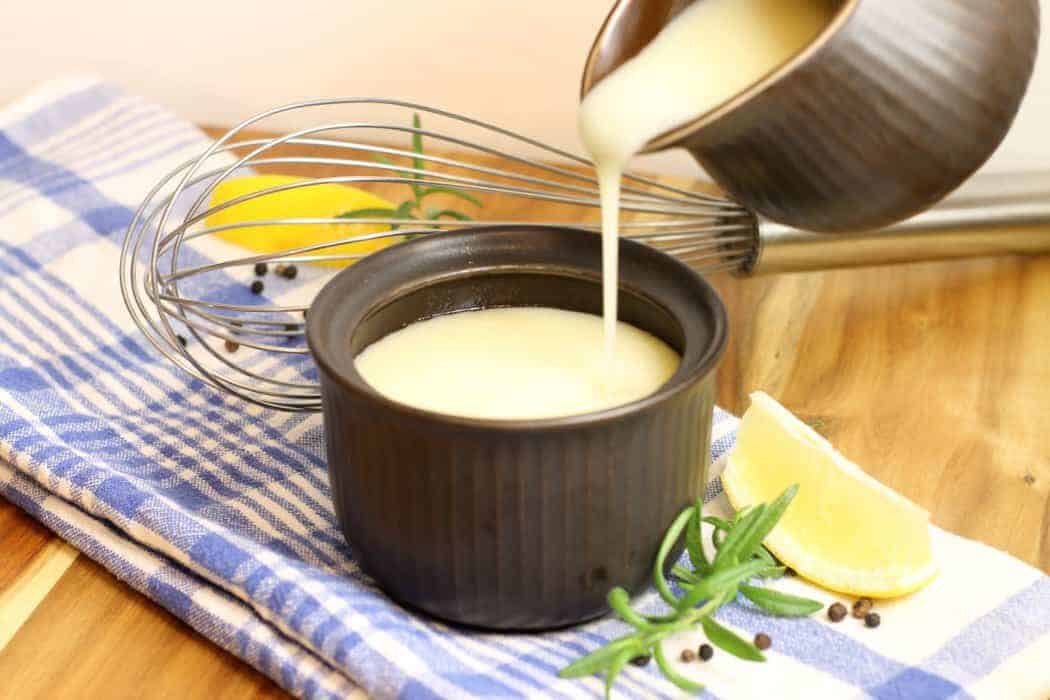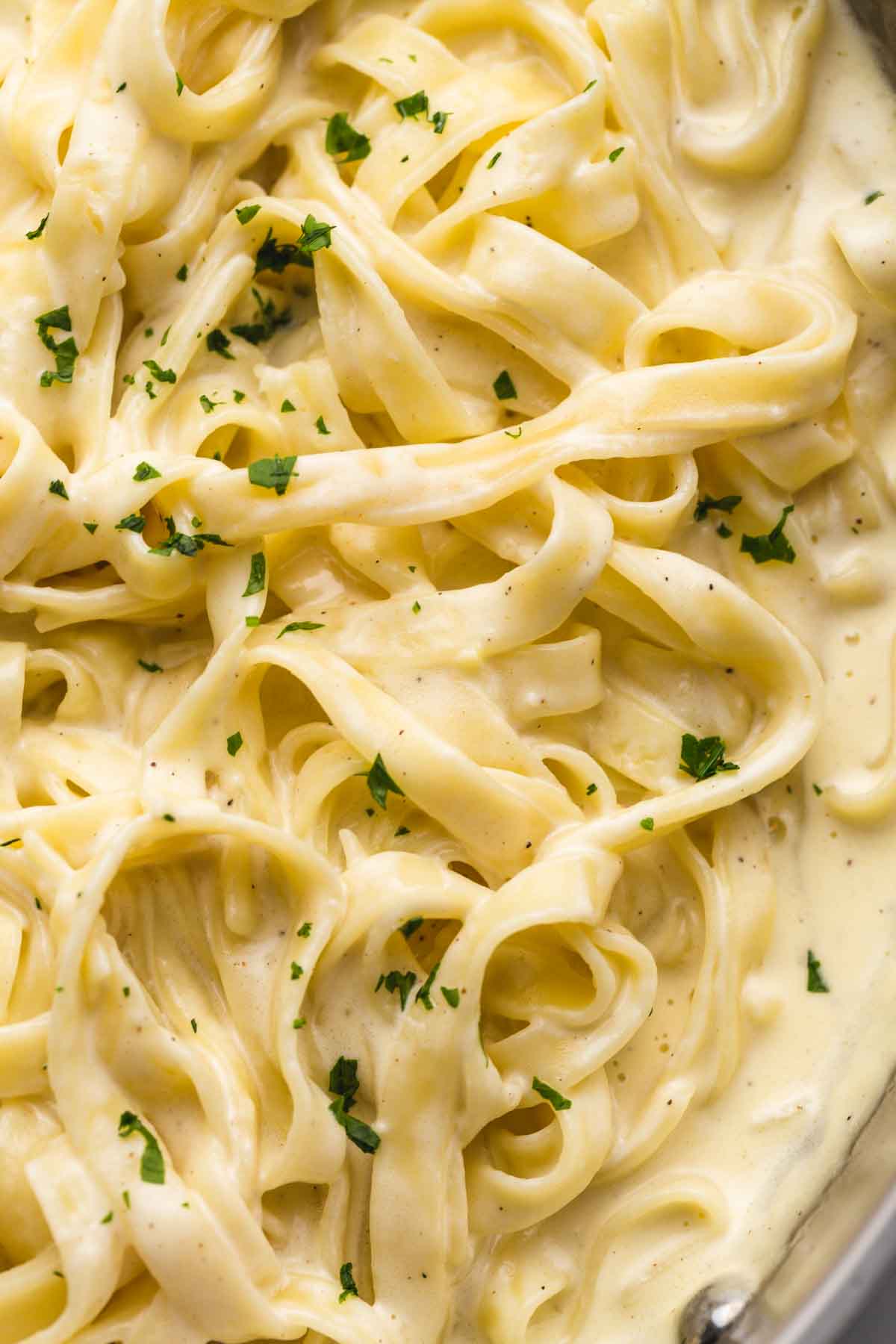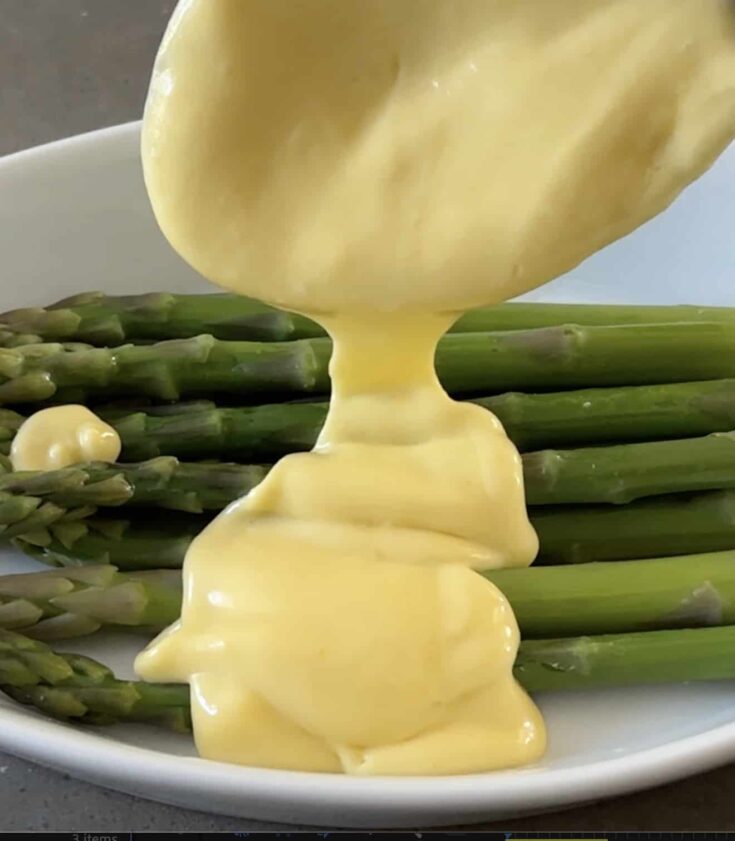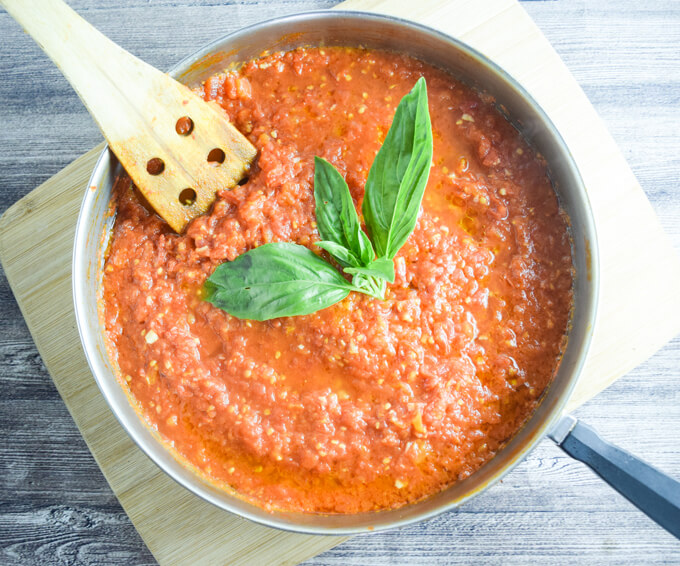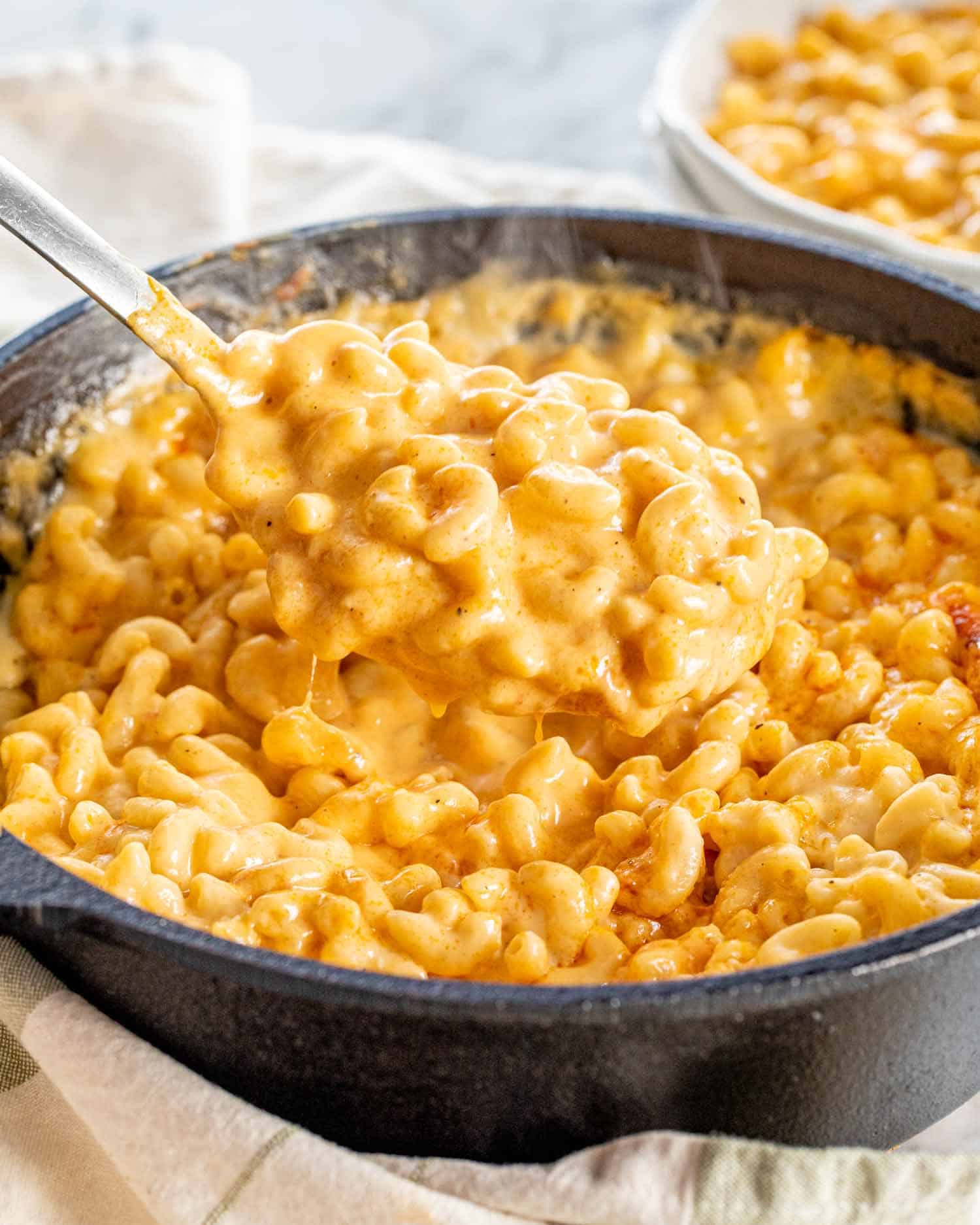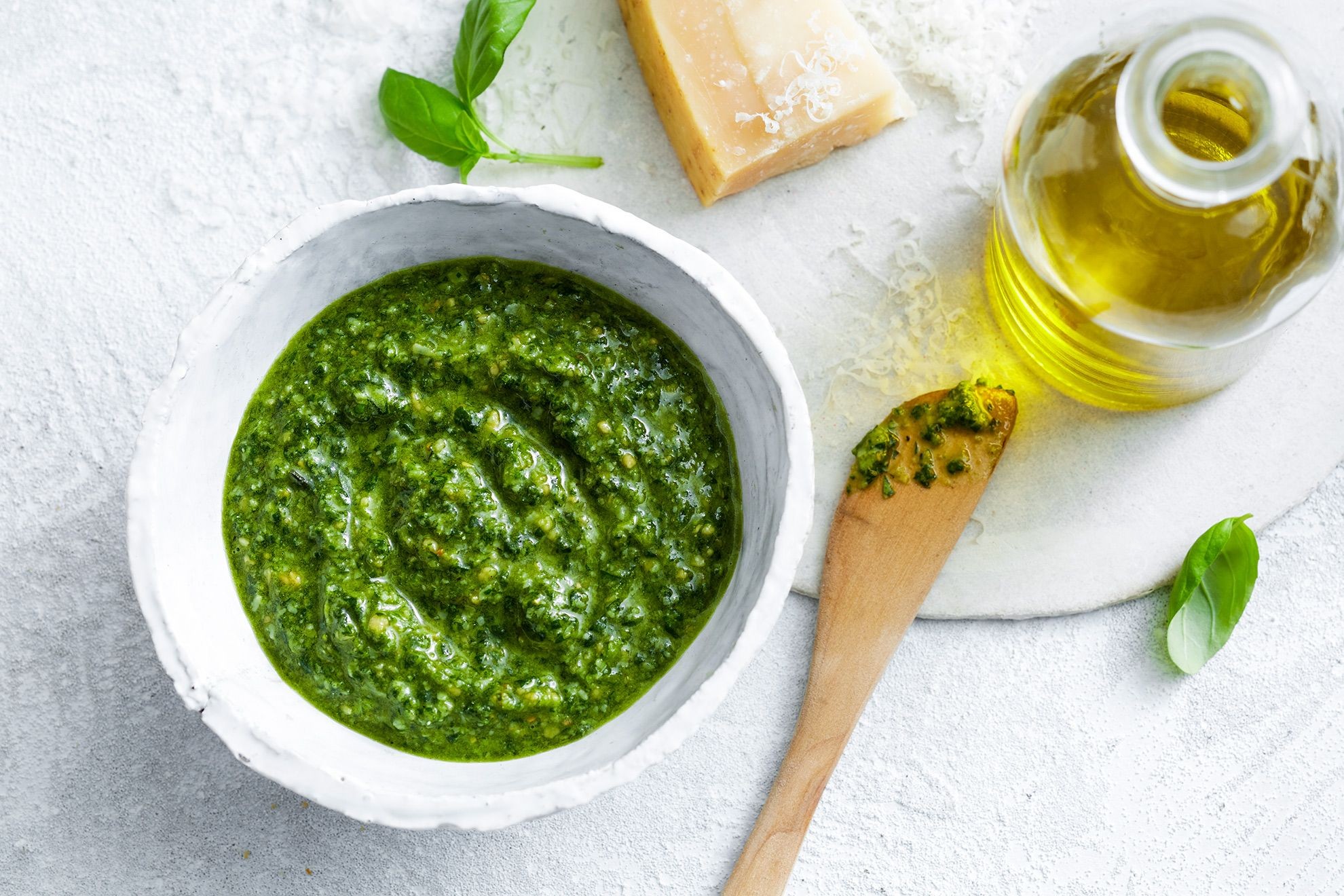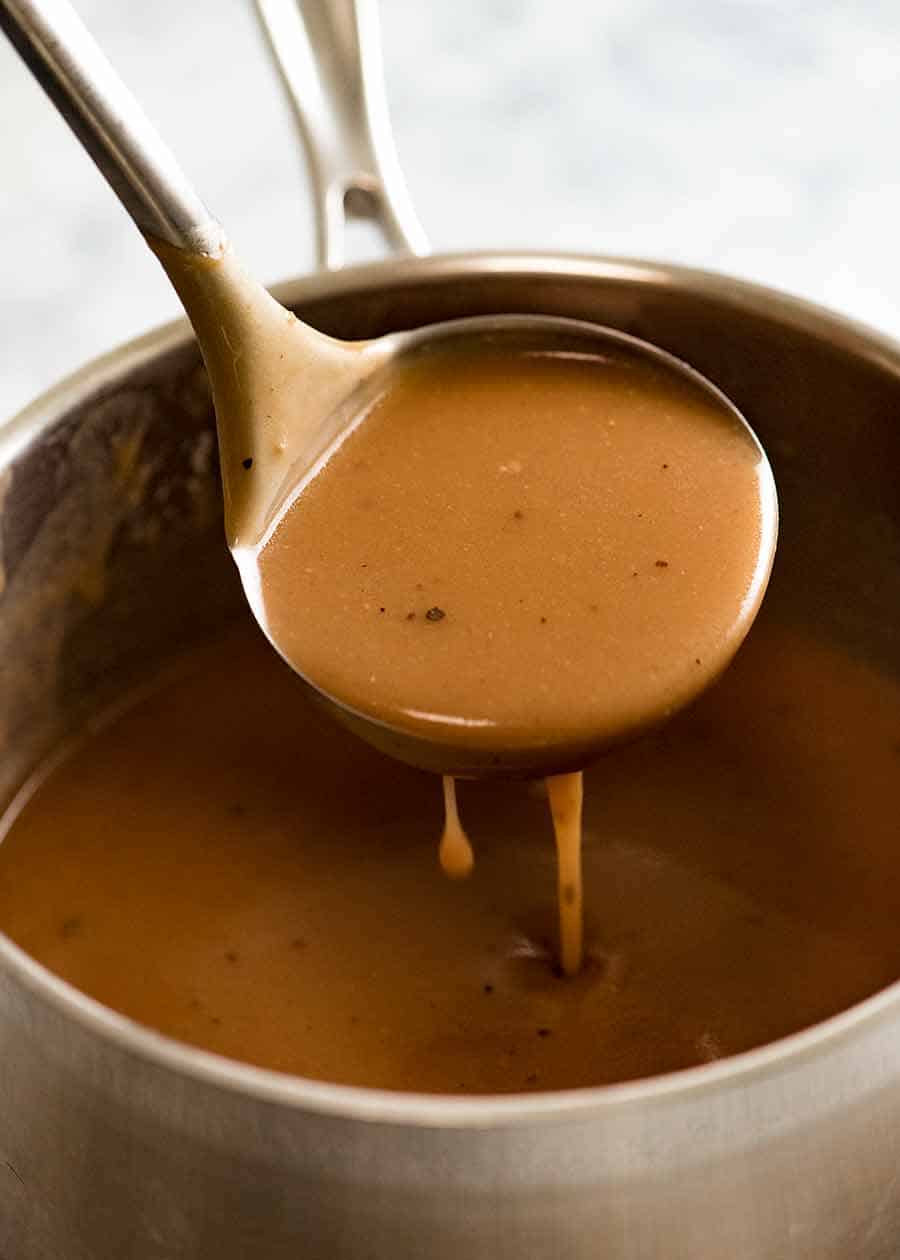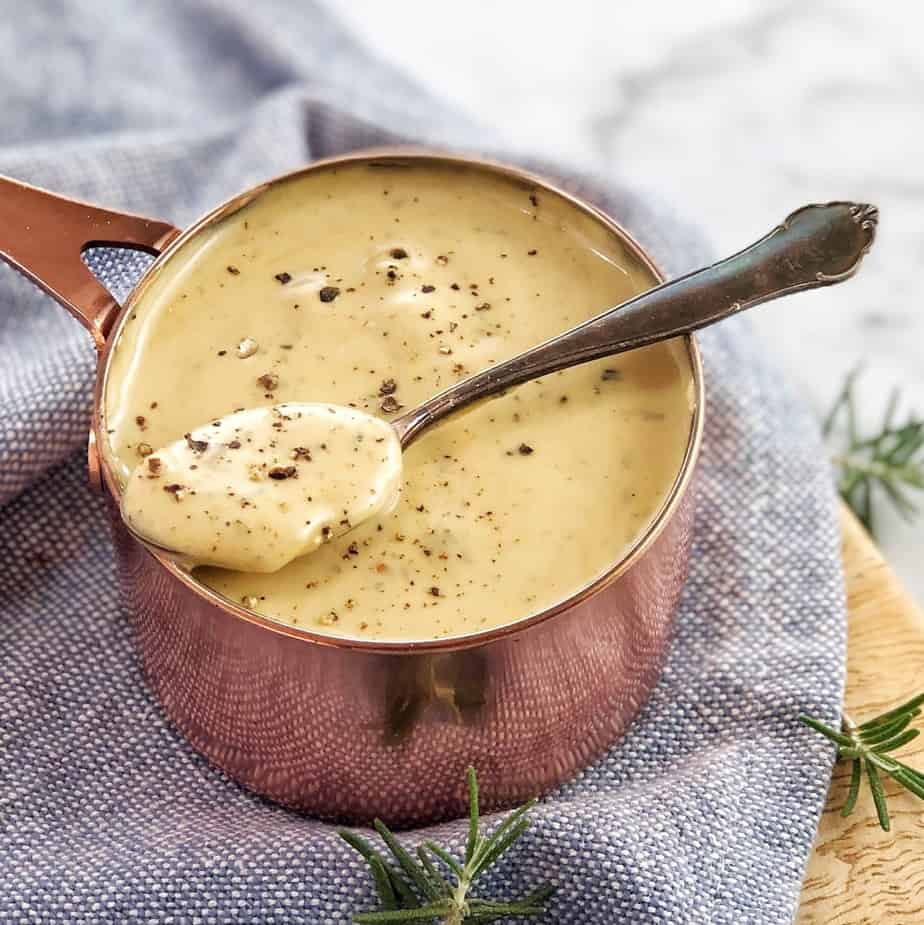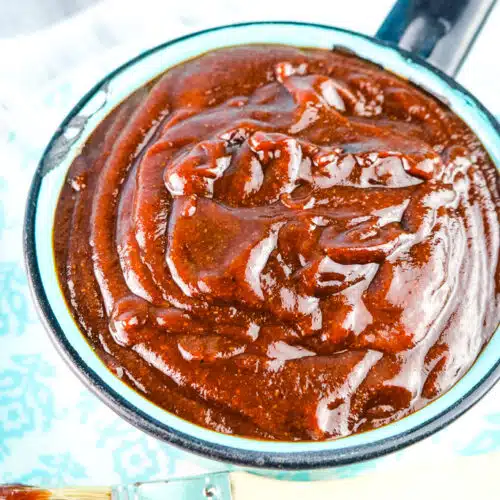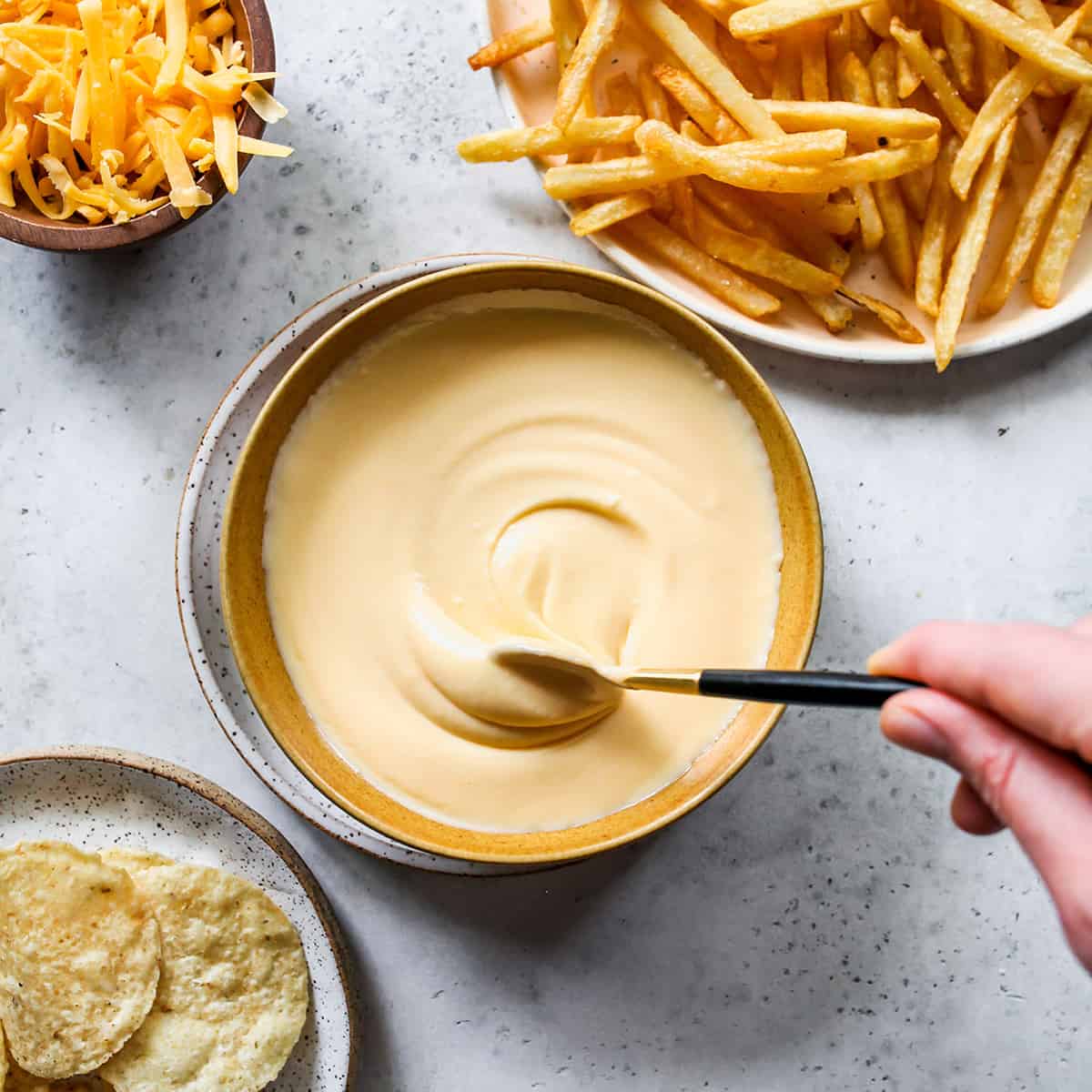
Sauces can elevate any meal, from simple pasta dishes to gourmet creations. However, one of the most frustrating challenges in the kitchen is ending up with a sauce that’s full of lumps. If you're preparing a creamy béchamel, a silky cheese sauce, or a velvety gravy, smoothness is key to achieving the perfect texture. Fortunately, there are proven methods to blend sauces without lumps, ensuring your dishes are as delicious as they are visually appealing.
In this guide, we’ll walk you through why lumps form in sauces, how to avoid them, and the best tips for blending sauces smoothly every time. We’ll also cover common mistakes, recommended tools, and troubleshooting methods in case your sauce doesn’t come out perfectly the first time.
Why Do Sauces Form Lumps?
- Thickening Agents and Heat:When you add flour, cornstarch, or other starches to liquid, the starch granules absorb moisture and swell. If the heat is too high, the granules will seize up, forming clumps. This is especially true when adding a dry ingredient to a hot liquid, as it doesn’t give the starch time to dissolve and spread evenly.
- Rapid Cooling:If you add cold liquid to hot ingredients or don’t stir fast enough, the starch will clump together instead of blending smoothly. This causes the characteristic lumps that are hard to break down.
- Inconsistent Stirring:Stirring irregularly or using the wrong tool can also cause lumps. Without proper whisking or continuous stirring, thickening agentswill settle in pockets, creating uneven textures.
Best Practices To Avoid Lumps While Blending Sauces
1. Use Cold Liquids With Dry Ingredients
When adding a thickening agent like flour or cornstarch, it’s crucial to avoid adding it directly to hot liquid. Instead, mix the dry ingredients with a small amount of cold liquid to form a slurry before adding it to the hot liquid. This ensures that the thickening agent dissolves fully and doesn’t form clumps.
2. Gradual Incorporation
Instead of adding all your thickening agent at once, sprinkle it in slowly while whisking continuously. This helps the starch to dissolve gradually and prevents clumping. By adding it in stages, you give the starch more time to absorb the liquid without forming lumps.
3. Maintain A Gentle Simmer
Heat is essential for activating starches, but overheating can cause them to clump. Maintain a gentle simmer (not a rolling boil) while you stir, ensuring the sauce thickens slowly without forming lumps. If the heat is too high, the starch will cook too quickly and form unwanted clumps.
4. Whisk Constantly
Constant whisking is a simple but powerful technique to prevent lumps. The motion of the whisk helps to distribute the thickening agent evenly and ensures smooth incorporation with the liquid. Whisk in a circular motion to break up any potential lumps before they form. With practice, you’ll be a true cooking pro, mastering the art of perfectly smooth sauces every time.
5. Use The Right Tools
A good whisk is crucial for smooth sauce blending. A flat whisk is particularly effective for evenly distributing heat and stirring the sauce, while a balloon whisk is great for more viscous sauces. For thicker sauces, you may also want to use a silicone spatula to scrape the sides and bottom of the pan for even mixing.
10 Smooth And Lump-Free Sauce Recipes To Try
1. Classic Béchamel (White Sauce)
Ingredients:
- 2 tbsp butter
- 2 tbsp all-purpose flour
- 2 cups milk (whole milk works best)
- Salt and pepper to taste
- A pinch of nutmeg (optional)
Instructions:
- Begin by melting the butter in a medium-sized saucepan over medium heat.
- Once the butter is melted, whisk in the flour and cook for about 2 minutes to create a roux, which forms the base of the sauce.
- Slowly pour in the milk, whisking constantly to avoid lumps.
- Continue to cook and whisk until the sauce thickens (around 5-7 minutes).
- Season with salt, pepper, and a pinch of nutmeg if desired.
- For a super smooth sauce, strain it through a fine-mesh sieve before serving.
2. Velouté Sauce
Ingredients:
- 2 tbsp butter
- 2 tbsp flour
- 2 cups chicken or vegetable stock
- Salt and pepper to taste
Instructions:
- Melt the butter over medium heat in a saucepan.
- Add the flour to make a roux, stirring constantly for 1-2 minutes to eliminate the raw flour taste.
- Gradually pour in the hot stock while whisking constantly to ensure a smooth sauce without lumps.
- Simmer for 5-7 minutes, stirring occasionally, until it thickens.
- Season with salt and pepper. For an extra silky finish, strain the sauce to remove any residual flour particles.
3. Creamy Alfredo Sauce
Ingredients:
- 1 cup heavy cream
- 1/2 cup unsalted butter
- 2 cups grated Parmesan cheese
- 2 garlic cloves, minced
- Salt and pepper to taste
Instructions:
- In a saucepan, melt the butter over medium heat. Add the garlic and cook until fragrant, about 1 minute.
- Pour in the heavy cream, bringing the mixture to a gentle simmer for 2-3 minutes.
- Stir in the Parmesan cheese, whisking until it becomes a smooth, creamy sauce.
- Season with salt and pepper to taste.
- Strain through a fine-mesh sieve for a perfectly smooth texture, if preferred.
4. Hollandaise Sauce
Ingredients:
- 3 egg yolks
- 1/2 cup unsalted butter, melted
- 1 tbsp lemon juice
- Salt and cayenne pepper to taste
Instructions:
- Whisk the egg yolks and lemon juice together in a heatproof bowl until frothy.
- Place the bowl over a double boiler and whisk continuously until the mixture thickens (about 5 minutes).
- Slowly pour in the melted butter, whisking to incorporate it smoothly.
- Season with salt and cayenne pepper.
- Strain to ensure a silky-smooth texture before serving.
5. Homemade Tomato Sauce (Marinara)
Ingredients:
- 1 can (14 oz) crushed tomatoes
- 2 tbsp olive oil
- 1 small onion, finely chopped
- 2 garlic cloves, minced
- Salt, pepper, and sugar to taste
- Fresh basil, chopped
Instructions:
- Heat the olive oil in a saucepan over medium heat. Add the onion and garlic, sautéing for about 5 minutes until soft.
- Stir in the crushed tomatoes, along with salt, pepper, and a pinch of sugar.
- Let the sauce simmer for 10-15 minutes, stirring occasionally.
- Finish by adding fresh basil just before serving. Blend the sauce with an immersion blender for an extra-smooth consistency.
6. Cheese Sauce (Mac And Cheese)
Ingredients:
- 2 tbsp butter
- 2 tbsp all-purpose flour
- 2 cups milk
- 1 1/2 cups shredded cheddar cheese
- Salt, pepper, and mustard powder to taste
Instructions:
- In a saucepan, melt the butter over medium heat and stir in the flour to create a roux.
- Gradually add the milk while whisking continuously to prevent lumps.
- Once the sauce thickens, add the shredded cheese and whisk until it becomes smooth.
- Season with salt, pepper, and a pinch of mustard powder.
- Strain the sauce for extra smoothness, if desired.
7. Fresh Pesto Sauce
Ingredients:
- 2 cups fresh basil leaves
- 1/2 cup Parmesan cheese
- 1/4 cup pine nuts (or walnuts)
- 2 garlic cloves
- 1/2 cup extra virgin olive oil
- Salt and pepper to taste
Instructions:
- Add the basil, Parmesan, pine nuts, and garlic to a food processor and pulse until finely chopped.
- With the processor running, slowly add the olive oil until the pesto reaches a smooth consistency.
- Season with salt and pepper.
- For an extra-smooth sauce, blend further or pass it through a fine sieve.
8. Classic Brown Gravy
Ingredients:
- 2 tbsp butter
- 2 tbsp all-purpose flour
- 2 cups beef or chicken broth
- Salt, pepper, and Worcestershire sauce to taste
Instructions:
- Melt the butter in a saucepan over medium heat. Stir in the flour to form a roux.
- Gradually whisk in the broth to create a smooth sauce.
- Simmer for 5-7 minutes until thickened, stirring occasionally.
- Season with salt, pepper, and Worcestershire sauce to taste.
- For a lump-free finish, strain the gravy through a fine-mesh sieve.
9. Mustard Cream Sauce
Ingredients:
- 1/2 cup Dijon mustard
- 1/2 cup heavy cream
- 2 tbsp white wine vinegar
- Salt and pepper to taste
Instructions:
- Combine the Dijon mustard and heavy cream in a saucepan over medium heat.
- Stir the mixture, bringing it to a simmer for about 3-5 minutes.
- Add the white wine vinegar and season with salt and pepper.
- For a smoother sauce, strain through a fine sieve before serving.
10. Sweet And Tangy BBQ Sauce
Ingredients:
- 1 cup ketchup
- 1/4 cup apple cider vinegar
- 1/4 cup brown sugar
- 2 tbsp Worcestershire sauce
- 1 tbsp smoked paprika
- Salt and pepper to taste
Instructions:
- Combine all ingredients in a saucepan and bring to a simmer over medium heat.
- Stir occasionally and let the sauce cook for 15-20 minutes until it thickens to your liking.
- Adjust the seasoning with additional salt, pepper, or sugar if necessary.
- Blend with an immersion blender for a perfectly smooth consistency. For a unique twist, try incorporating a touch of Tennessee bbqsauce to elevate the flavor profile of your dish.
Common Mistakes To Avoid
1. Adding Cold Liquid To Hot Sauce
One of the biggest causes of lumps is adding cold liquids (like milk or stock) directly into a hot sauce base. The cold liquid shocks the starch granules, causing them to form lumps. Always temper the cold liquid first or use it to make a slurry before adding it to the hot liquid.
2. Overcrowding The Pan
If you’re making a large batch of sauce, be sure to use a big enough pan to allow for even heat distribution. A cramped pan can lead to uneven heating, making it difficult to blend your sauce properly.
3. Ignoring Stirring
Once you add your thickening agent, continuous stirring is essential. Leaving the sauce alone for too long can lead to separation and lumps. Stir frequently, especially during the initial thickening phase.
4. Not Straining The Sauce
Sometimes, despite your best efforts, small lumps may still form. This is where a fine-mesh strainer or sieve comes in handy. Strain the sauce after cooking to catch any remaining bits and achieve a silky texture.
Tools And Equipment To Make Blending Easier
Having the right kitchen tools makes the process much easier. Here are a few items to consider:
- Whisks:A flat whisk or balloon whisk helps break up lumps and evenly distribute thickening agents. For smoother sauces, a whisk is essential for proper mixing.
- Immersion Blenders:An immersion blender allows you to blend the sauce directly in the pan, quickly eliminating any lumps. It’s especially useful for creamy sauces, soups, and gravies.
- Fine-Mesh Sieve:After cooking, straining the sauce through a fine-mesh sieve ensures a smooth, lump-free texture. This is especially useful when making sauces with vegetables, stock, or cheese.
- Saucepan with Thick Bottom:A heavy-bottomed saucepan helps distribute heat evenly, preventing hot spots that could cause the sauce to burn or thicken too quickly.
How To Fix Lumpy Sauces
Even the best cooks sometimes end up with lumpy sauces. If you find yourself in this situation, here are some ways to salvage the sauce:
1. Whisk Vigorously
If the lumps are small, you might be able to break them up by whisking the sauce vigorously. The heat and motion should help dissolve the lumps and smooth out the texture.
2. Use An Immersion Blender
For thicker sauces, use an immersion blender directly in the pan. This tool is great for breaking up clumps and achieving a perfectly smooth consistency in seconds.
3. Strain The Sauce
If the lumps remain after whisking or blending, pour the sauce through a fine-mesh sieve. This will catch any larger clumps and leave you with a silky sauce. If you're making a large batch or want to save some for later, you can freeze saucesto preserve their freshness and texture for future use.
FAQs
How Do I Prevent Lumps In A Cheese Sauce?
To prevent lumps in cheese sauce, use grated cheese instead of chunks and add it gradually over low heat. Ensure the base is smooth before adding the cheese and stir continuously to incorporate.
Can I Use Cornstarch Instead Of Flour To Thicken Sauces?
Yes, cornstarch is a great alternative to flour. Make a slurry by mixing cornstarch with cold water before adding it to your hot sauce to prevent lumps.
What’s The Best Way To Thicken A Gravy Without Lumps?
To make smooth gravy, make a slurry with cornstarch or flour and cold water, then gradually add it to your simmering stock while stirring constantly. Avoid adding thickening agents directly to hot liquids.
Is It Possible To Fix A Lumpy Béchamel Sauce?
Yes, if your béchamel turns lumpy, try whisking it vigorously or blending it with an immersion blender. If that doesn’t work, strain it through a fine mesh to remove any remaining lumps.
Why Does My Sauce Break Into Fat And Liquid?
This happens when the sauce is cooked at too high a temperature, causing the fat to separate. To fix it, gently reheat the sauce while whisking, or add a small amount of water or cream to bring it back together.
Quick Recap
Blending sauces without lumps is a skill that can be easily mastered with the right techniques. By focusing on gradual ingredient addition, consistent stirring, and controlled heat, you can achieve a smooth texture every time. Even if lumps appear, simple fixes like whisking, blending, or straining will save the day and ensure your sauce is perfect.
